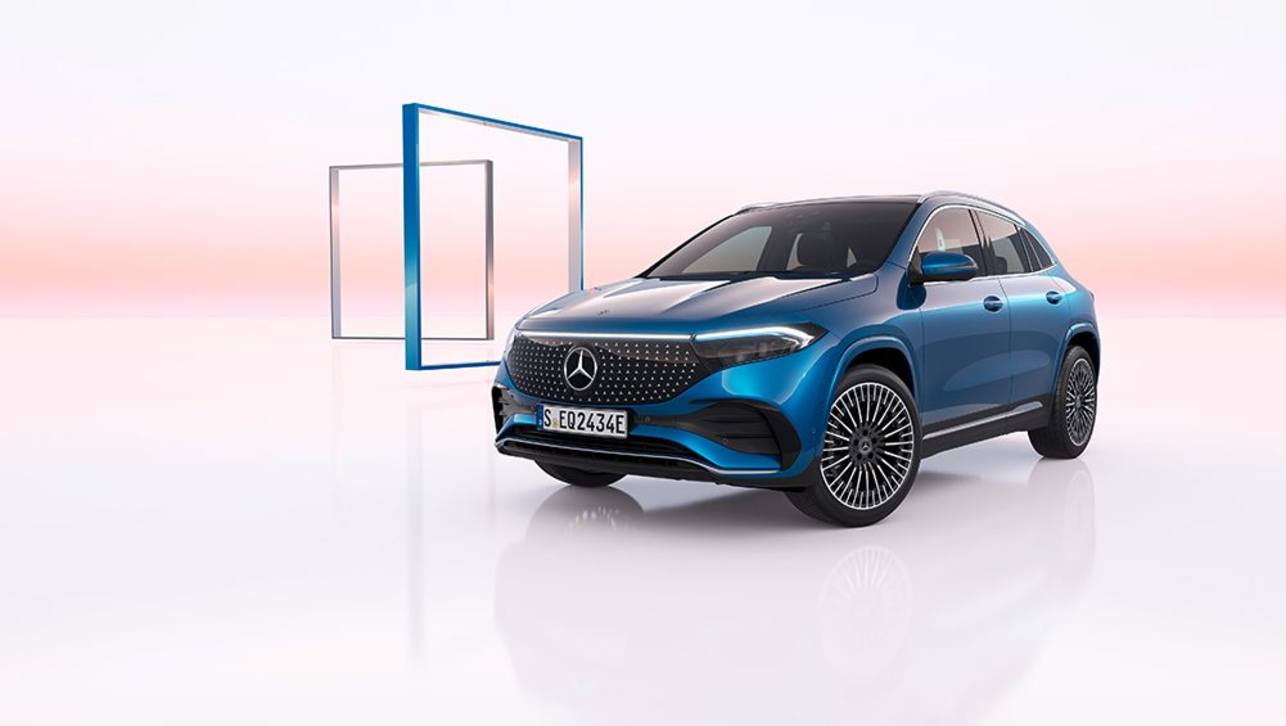Australians may not have bought a record number of new cars last year after all — and the sales push has left thousands of buyers short-changed on their warranty coverage.
Contrary to widespread belief, new-car sales are not calculated according to vehicle registration data supplied by government authorities.
Instead, the car industry collates data supplied by manufacturers using an “honesty system”.
However, News Corp Australia has found widespread variation in the way car companies report their monthly sales figures, and in some cases it leaves buyers with less warranty on their new car.
The cars are not counted twice, but tens of thousands of vehicles each year are not delivered until months after they were reported as being sold — and after the warranty period has started.
Figures for January show the clearest example yet of how the system works.
On the reporting trail
In December, Toyota reported a staggering 5321 Camry sales — more than double its average monthly rate and enough to be top seller for the month.
But in January, the Camry tally fell to just 503 deliveries; the sharpest month-to-month sales drop of any mainstream car and a fraction of its monthly average.
Confidential figures obtained by News Corp Australia show almost 50 per cent of the Camry sedans reported as sold in December were “undriven demonstrators”. The industry average for all demonstrator vehicles is about 10 per cent of the annual volume.
Toyota has confirmed the warranty has already started on Toyota Camrys reported as sold in December
Toyota dealers who spoke to News Corp Australia under condition of anonymity said they are struggling to clear the backlog of cars declared as sold in December.
“Toyota had a big sales target to hit in 2015,” said a veteran Toyota dealer. “They couldn’t get enough supply of other models.”
On the plus side, customers got a sharp deal on “undriven demonstrator” models, about $5000 off the retail price.
But on the downside, Toyota has confirmed the warranty has already started on Toyota Camrys reported as sold in December — even though the vehicles may not be sold to retail customers until later this year.
Buyer beware
Consumer groups are concerned some buyers may not be aware “pre-reported” or “called cars”, as they are known in the industry, could come with a shorter warranty period.
“People buying vehicles would rightly expect the warranty starts the day they take their new car home,” said Peter Khoury, the spokesman for the National Roads and Motorists Association.
“We would encourage consumers to check with the dealer before they sign a contract and before they take delivery as to when the warranty will start.”
“Pre-reporting cars” has been happening for decades “but it’s really getting out of control”
According to NSW Fair Trading, a new-car warranty starts “when the purchaser takes possession of the vehicle or the sale is completed, whichever happens first”.
Toyota Australia head of sales and marketing Tony Cramb said many retail customers took advantage of a sharp drive-away price and finance offer in December, but the company “also had an incentive for dealers to increase their holding of demonstrators”.
“Dealers took up this offer in greater numbers than we expected,” said Mr Cramb. “It was completely up to an individual dealer as to how many cars they registered under this incentive. As a result of the significant pull-forward of demand into the latter part of last year (Camry sales) were much lower in January.”
Word games
When News Corp Australia recently mystery-shopped Kia dealerships, we were openly told there were two prices: ordering a car from the factory would cost full retail price, but a brand-new “called car” could be had for up to $3000 off the RRP of a $20,000 hatchback.
Some of the “called cars” were seven months old, and the warranty countdown had already started even though the vehicles had never been driven or registered.
Kia Australia spokesman Kevin Hepworth said: “It was a practice that was reasonably widespread across the industry but … it is not something we engage in any more”.
How the dealer reported the sale of the car would determine when the warranty started, he said.
A large metropolitan dealer who represents four popular car brands said the practice of “pre-reporting cars” has been happening for decades “but it’s really getting out of control”.
“The difference between the number of cars reported as sold, and those that actually end up in a customer’s driveway, can be 10 per cent or more on any given month,” the dealer said.
Up to one in five sales among the Top 10 brands were “demonstrator” models in 2015
That variation would be enough to undo last year’s new-car sales record, given it was just 1.6 per cent higher than the previous record set in 2013.
The veteran dealer said some companies start the warranty when the car is declared as sold, but on others the warranty doesn’t start until a customer eventually takes delivery weeks or even months later.
“The figures you see reported are a joke,” said another major multibrand dealer. “That’s not how many new cars were put in driveways last month, that’s what has merely been reported as sold.”
Confidential figures obtained by News Corp Australia reveal up to one in five sales among the Top 10 brands were “demonstrator” models in 2015 — even though most dealerships customarily only stock half a dozen test drive cars.
Almost 20 per cent of VW sales last year were “demonstrator” models, versus Toyota, which had the lowest percentage rate (7.5 per cent).
But Holden put on more demonstrators than anyone else — including more than market leader Toyota — accounting for almost 17,000 of its 103,000 sales, or 16 per cent.
When News Corp Australia asked the car industry lobby group, the Federal Chamber of Automotive Industries, if it supports a crackdown on “pre-reported” or “called cars” and a switch to using real registration data from roads and traffic authorities in each state and territory, a spokesman said: “The FCAI understands the importance of maintaining the integrity of the VFACTS (new-car sales) reporting system and that is why we continue to invest in an ongoing audit.”
The ACCC hadn’t responded as this article was published.
How it works
* Car dealers are offered incentives at the end of the month to hit sales targets. They are told to declare a car as sold or risk missing out on the bonus.
* The car companies then report the figures to the industry lobby group, the Federal Chamber of Automotive Industries.
* The FCAI data is used by the Australian Bureau of Statistics, the Reserve Bank, Commsec and others to monitor consumer behaviour.
* The “called cars” or “pre-reported cars” are either registered and sold as demonstrators in the following months. Or they sit in storage unregistered until the dealer can find a real buyer.
* In some cases, the warranty starts the moment the car is declared as sold, even if the car is not registered. It means some buyers are getting less warranty than they were expecting with a brand-new car.
* The cars are not counted twice, but the early reporting distorts the state of the new-car market each month.



.jpg)

.jpg)
.jpg)


.jpg)
.jpg)
.jpg)


.jpg)
.jpg)

.jpg)

.jpg)










Comments